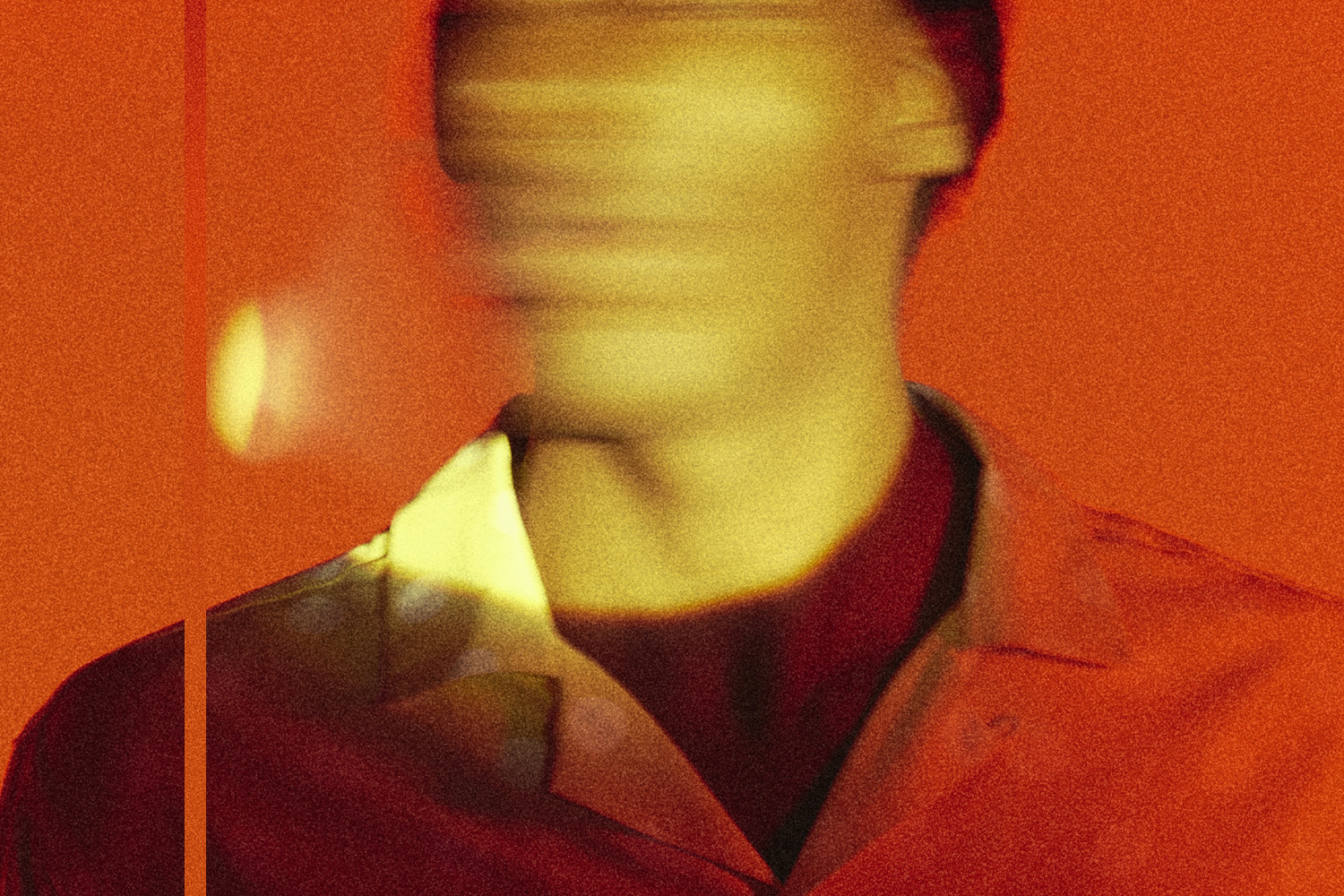Each week, we celebrate what’s gone right for experience creators. But what happens when we look at what goes wrong instead?
Success stories can inspire us to greatness and equip us with tried-and-tested tools to help us get there. But we can learn from failures, too. These cautionary tales give us a playbook of what not to do – and sometimes there’s buried treasure lurking among the dumpster fires.
Still, while mistakes can teach us a lesson, it’s also our duty to make sure they don’t happen again. Bad experiences are bad for all of us, eroding consumer and client confidence and diminishing the value of the term “experiences”.
As leaders in the Experience Economy, it’s up to us to stamp them out. If we don’t, we’ll only end up with more Fyre Festivals in all experience sectors. And that’s about as desirable as a cheese sandwich in a tupperware box.
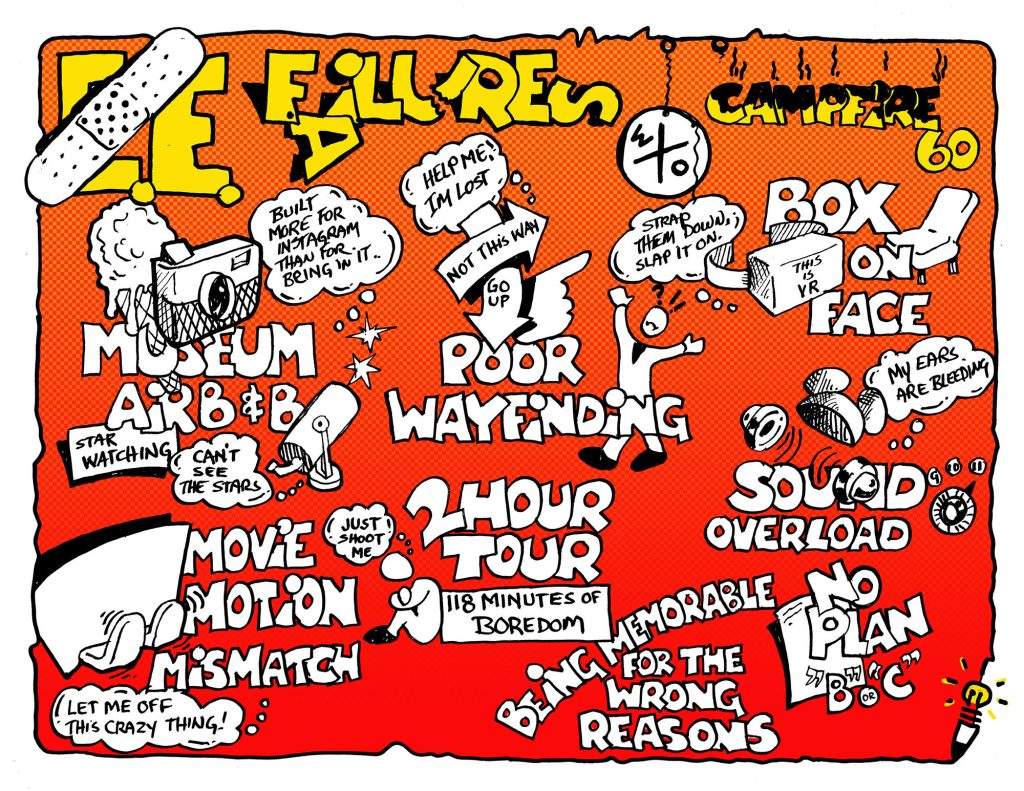
So for CampfYre 60, we’re on a mission to smoke out failure. We asked our experience experts to anonymously share some of the worst experiences they’ve attended, as well as some of their own biggest flops.
Here are 10 things that can go wrong – and how to avoid them when designing your next experience. Welcome to our Top of the Flops.
1. Box-On-Face
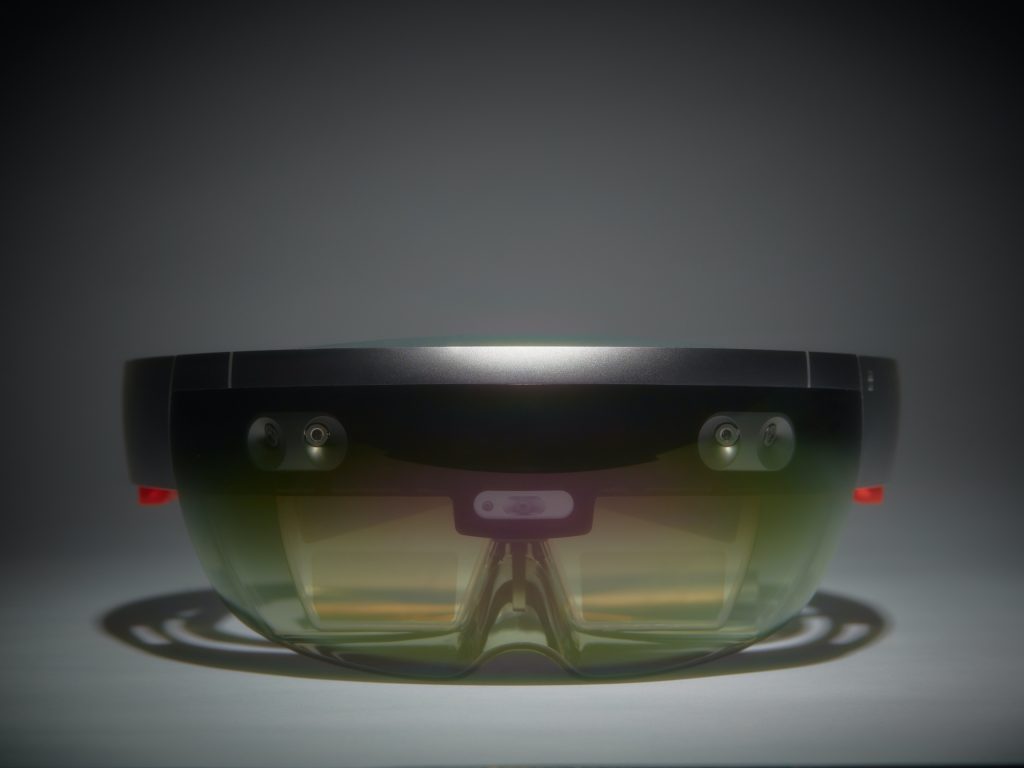
VR and AR offer amazing potential to level up an experience, whether it’s building a more immersive world, provoking empathy, or playing with the senses. Take the English Royal Opera House’s incredible hyper-reality experiment, Current Rising, or the way that XR technology is being used to revamp Broadway productions in the wake of the pandemic.
However, one digital experience agency warned of the risk of “box on face” in experiential activations – when you get someone into a physical space, only to strap a VR headset on them and sit them in a chair to watch your content.
“That’s almost always a mistake, especially if you can’t afford to make really amazing photo content. It’s better to invest in immersive theatre where you’re not cut off from the room and people around you. I’m not anti-VR, but you should be judicious about how you use it.”
2. Sounds Terrible
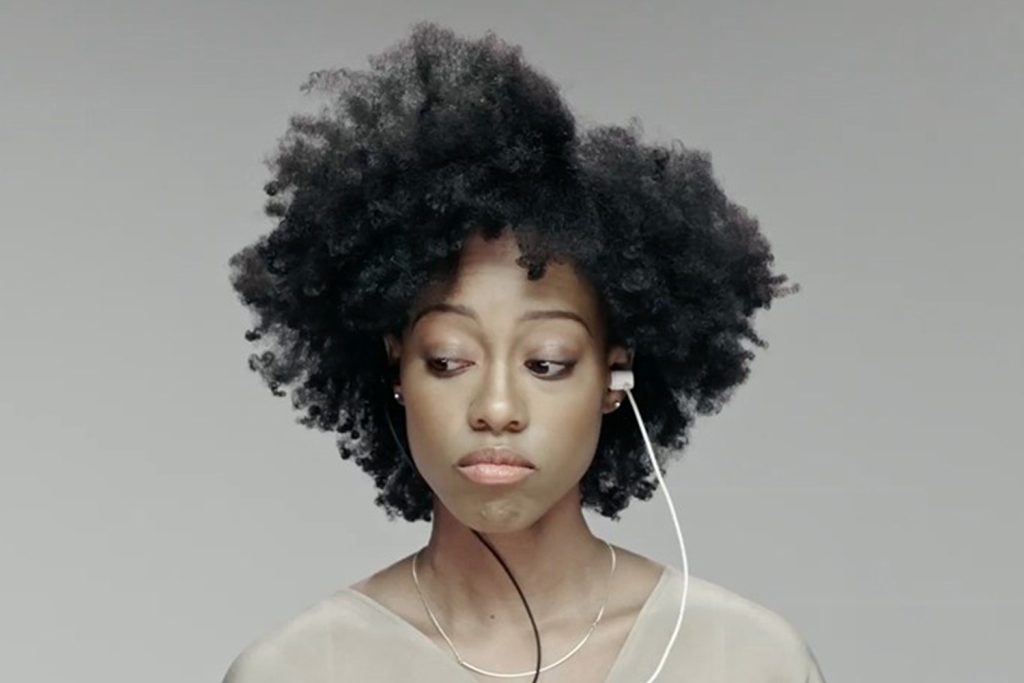
We’ve talked many times about the importance of designing for all five senses, but we don’t always get the balance right. Senses like taste, smell or sound are often added in as an afterthought, but they have a powerful impact on our overall experience.
One theme park designer recounted being in the queue for A Bug’s Life at Disneyland and being driven mad by the deafening sound of bugs, as well as the generally overwhelming level of sound across the parks.
“I work with a sound engineer who talks about the importance of designing with sound. So many people put it on the backburner.”
For some examples of immersive sound design being done well, check out these immersive VR experiences in Paris and New York City, and tune in to our upcoming Campfire with accessible design and audio tour expert Beth Rypkema.
3. Nervous Navigators
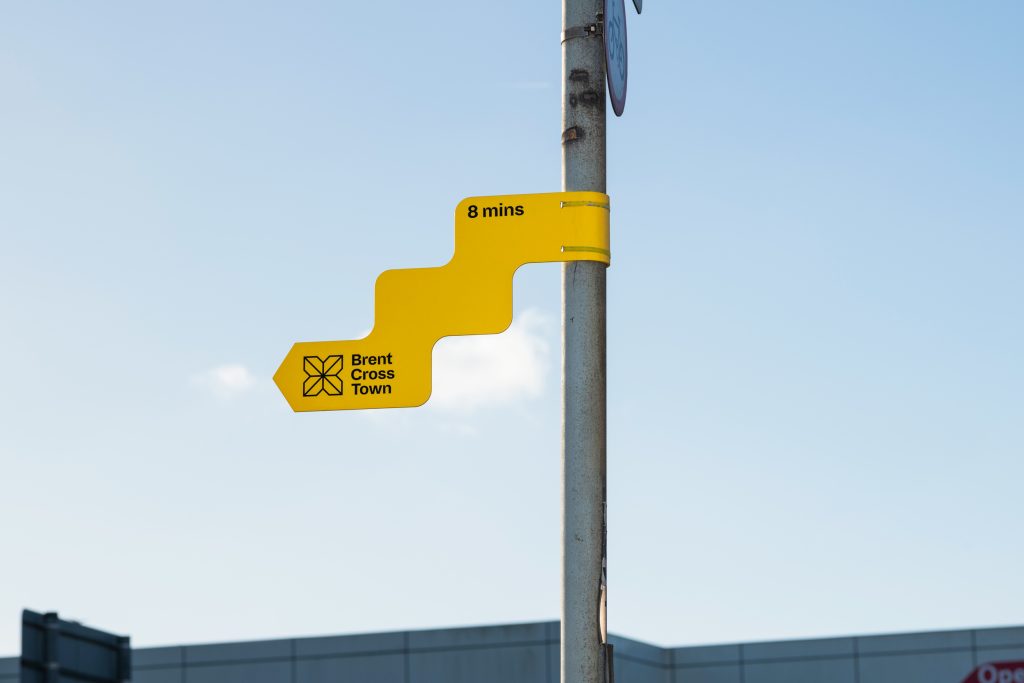
How many times have you been taken out of the moment during an experience due to bad signposting, or a lack of clarity about what you should do next?
One experience designer said that this lack of wayfinding is a sure way to create “nervous navigators”. And if we’re looking to create experiences with flow, we need to make sure that we’re causing tension and firing up adrenaline in the right parts of our experience, rather than wasting it on wayfinding. If the challenges needed to create flow come at the wrong time, it can undermine the quality of the whole experience.
Setting the boundaries for engagement clearly can help to mitigate this, whether that means specific instructions, invitations to engage, or nudges in the right direction.
4. The Temazcal Effect
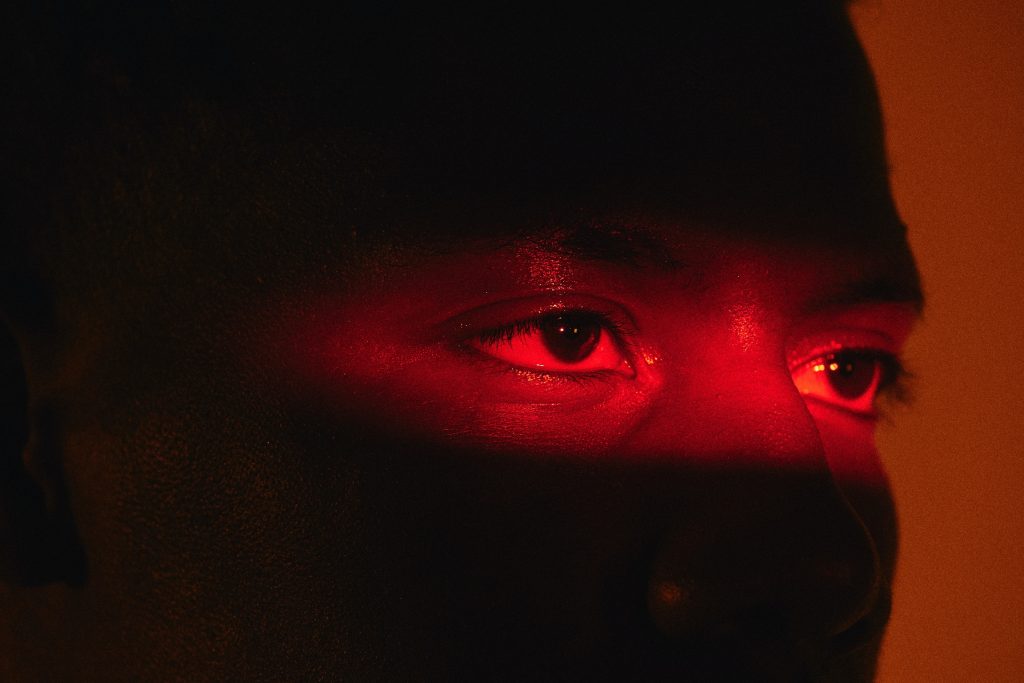
A temazcal is a Mexican sauna. A temazcal experience is one where once you enter, you figure it out quickly and then realise that there’s nothing left there for you, but you can’t leave – you have to sit and suffer it through until the end. Think of the times you’ve lingered at the doors during a dull panel event, longing to escape, or been trapped in your seat at a boring three-hour play.
One way to counter this is of course, to integrate enough changes, surprises and new dynamics into your experience so that people don’t reach the boredom tipping point and instead remain engaged.
Another might be to design multiple exit points to make it easier for them to leave at the point that they’ve had their fill of the experience, or decided it isn’t for them – once they’ve reached the “crack of doubt”. Think of how at a Punchdrunk show, you can spend a full three hours roaming the set – or take yourself off to the bar after an hour.
5. Trampled Toddlers
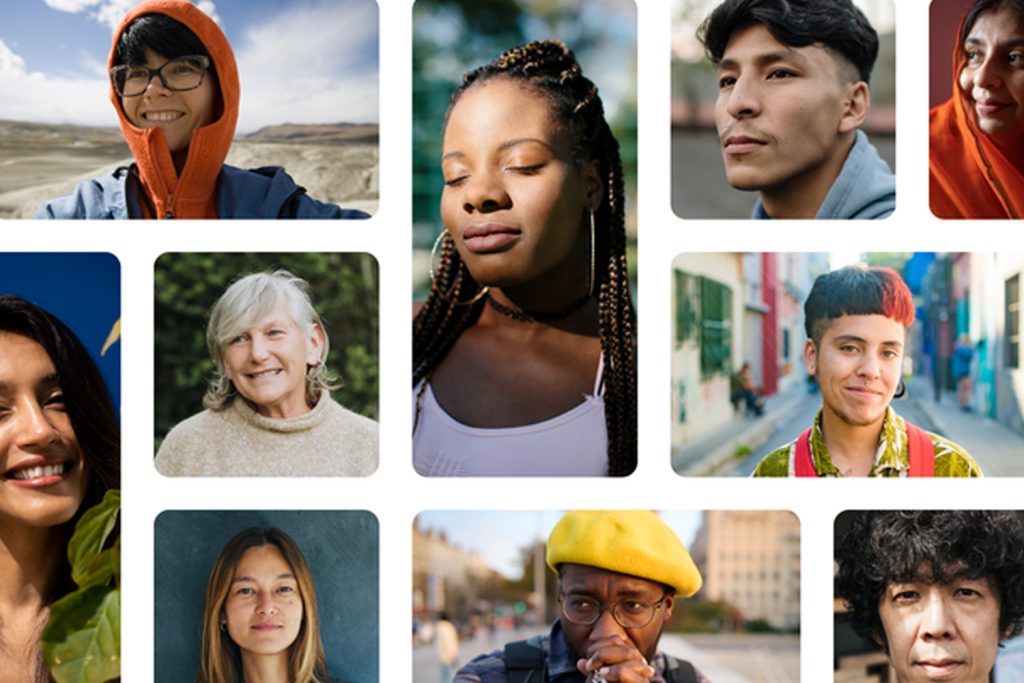
When we’re telling a story, we might want it to resonate with as many people as possible. Creating something that speaks to lots of different audiences seems like a great idea – but in reality, by trying to speak to everyone, we end up speaking to no-one.
One of our experience creators had worked on a project to create a “hall of fame” for American sport, bringing together all the best of multiple American sports under one roof. However, it was impossible to get all the major sports leagues to buy into it, and as a piece of storytelling it just didn’t hang together. If you try and marry too many different tribes, people don’t know who they are when they get there.
Another had a cautionary tale of putting on an Easter Egg hunt for children, but failing to separate them out by age. The result was that small children were getting pushed onto the asphalt, bigger ones were hoarding all the eggs, and parents were getting involved where they shouldn’t. Bad bunnies…
6. No Plan B
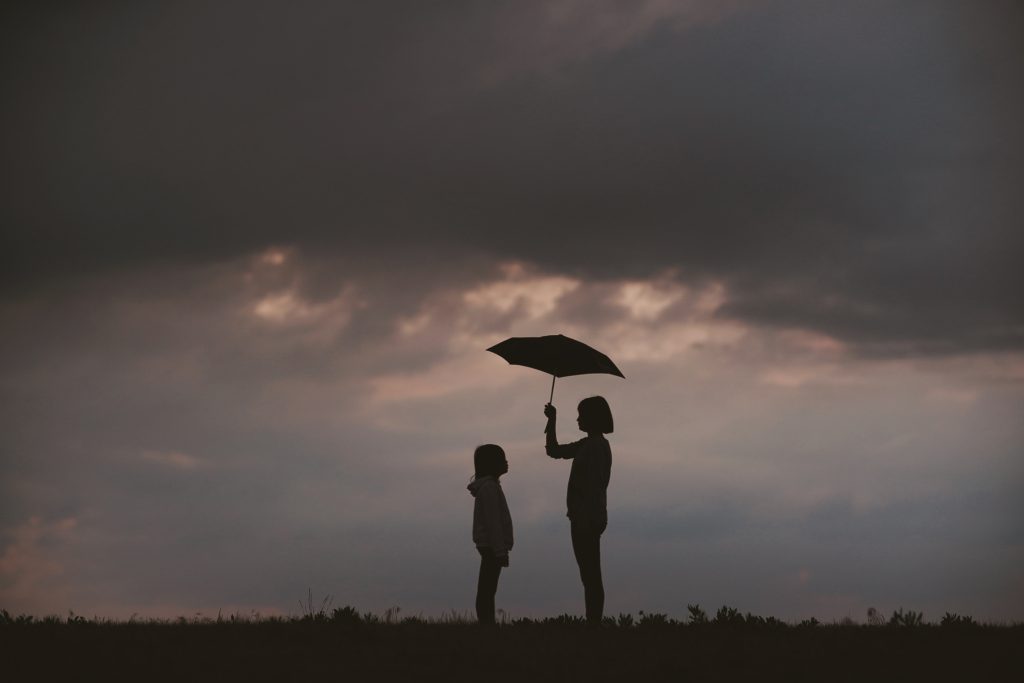
As Baz Luhrmann says, “the real troubles in your life are apt to be things that never crossed your worried mind”. And so it is with experiences: your plan A can be perfect, until something completely unexpected tears it to shreds. (Er, hello 2020?)
We heard tales of aviation shows disrupted by winds, and a 40ft inflatable screen on Lake Tahoe falling prey to an electrical storm.
And while you could always get a private weather forecasting service on retainer to help circumvent Mother Nature, being flexible doesn’t always mean having a marquee on standby – you should also make sure you have enough in your operating budget that you can manage any unexpected surprises that come your way, rather than spending everything you have on launching your product.
7. Instagram Vs Reality
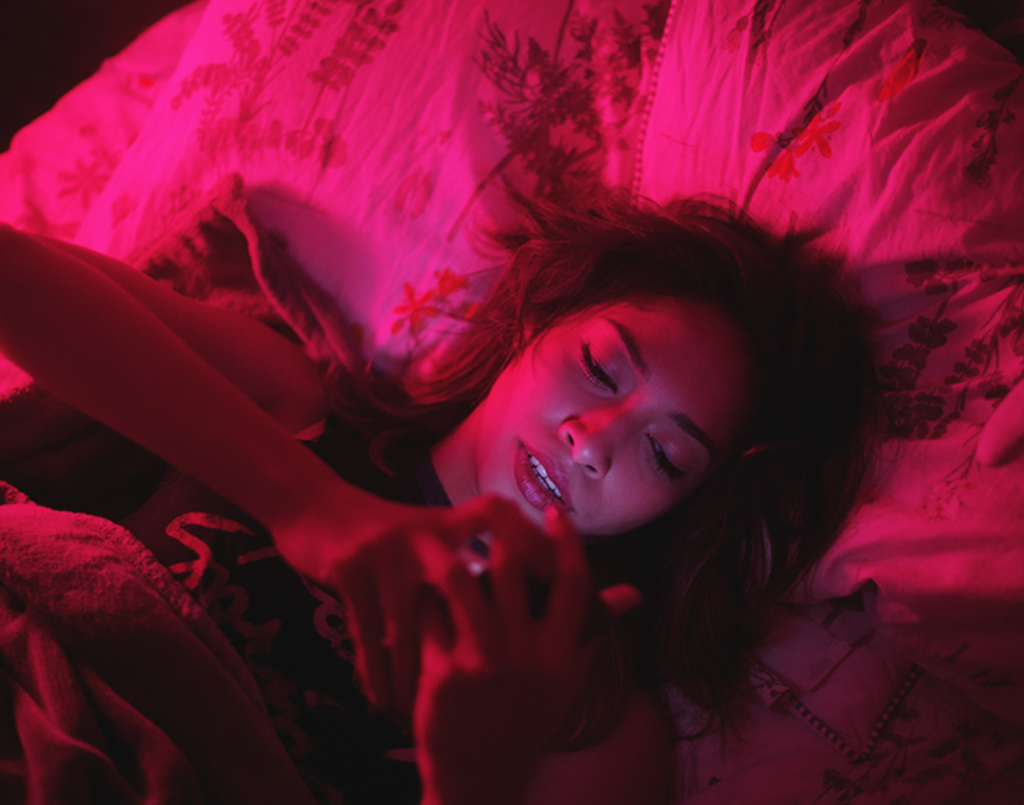
We’re a society obsessed with aesthetics – in a way that isn’t always good for us. And while there’s nothing wrong with making something look Instagrammable, if your mission stops there, you’re probably missing a beat.
Two of our Campfire cited some of their worst experiences as things that felt like they were built more for Instagram than for being in or feeling the experience. One checked into an Airbnb that looked great, but where they got burned by the chemicals in the hot tub and couldn’t see the stars.
The other was decidedly underwhelmed by the Museum of Ice Cream, where the sprinkle room might have looked great, but smelled bad and wasn’t a place they wanted to linger. (And it looks like they’re not the only ones.)
Perhaps this raises the question of who your experience is for, and what their expectations are. The Museum of Ice Cream is a huge commercial success, so maybe those who come are getting what they pay for – but shouldn’t expect anything more than a selfie opportunity!
8. Bad Babysitters

We can craft an experience to perfection – but eventually we have to let it go into the world. And when this happens, we can’t always trust those who receive it to treat it with the same care and respect as we do.
One of our experts had created a tightly edited storyline for a project, but when they handed it over to the client, who didn’t have any budget to grant them further involvement, they edited it to shreds.
Another had a passion for pop-up art installations, but when they brought their work to a public arts festival saw the public destroy equipment and refuse to respect boundaries around its use.
Sometimes, we just have to learn to let our work go when we put it into the world. But perhaps by creating clearer rules of engagement – particularly in the public arts space, where increasingly there’s an expectation that art will be interactive – we can help to bridge the gap more peacefully.
9. The Boring And The Blah
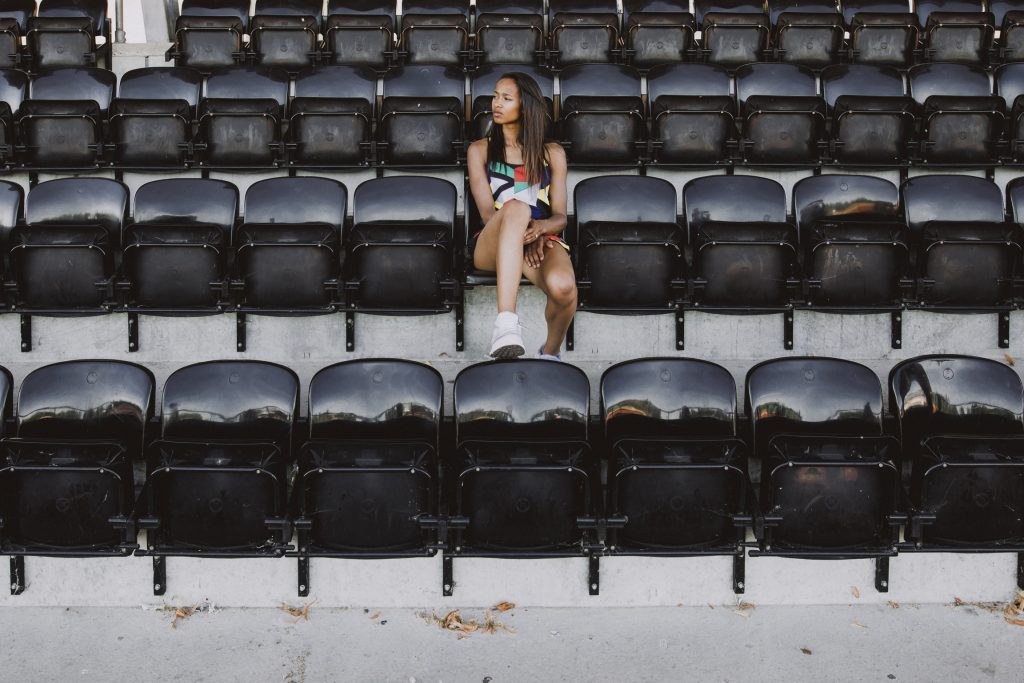
Some of our experts found it hard to recall a truly terrible experience. Perhaps one of the reasons for this is that most bad experiences aren’t epic fails – they’re simply boring, and therefore totally unmemorable.
One experience designer complained about conferences and networking events as some of the worst culprits for this. In a setting where the ultimate goal is connection, why is the bar so often set so low, restricted to name tags and talking heads?
10. Transformative Trainwrecks

Throughout all of our top flops, however, one silver lining emerged: whether your experience turns out to be a micro fail or a total trainwreck, it can still be a route to transformation. Bad experiences give us stories, and what doesn’t kill us makes us stronger. And when a fiasco destroys social boundaries, it can actually bring people together.
One of our Campfire gave the example of their wedding, which was really well designed, but where the two most memorable moments were those they hadn’t planned for: someone drinking too much wine and falling in the fountain, and a musician playing an inappropriate song.
Another designer’s attempt to have a team-bonding hike exposed the inequalities in the group as some were left in the dust, but it also gave rise to a renewed look at their team values and who they really were (a Trojan Horse experience in disguise).
To reach transformation, you have to go through a period of challenge – the storming portion of the “storming, forming and norming” process.
The WXO Take-Out
No matter how brilliant we are, we’re likely to come up against unforeseen challenges – and sometimes we’re just blind to our own weaknesses and oversights.
But when we share our failings, we can help to identify patterns and develop tools to overcome them. After all, this is exactly what the WXO is about: bringing people together from across all sectors of the Experience Economy so we can swap knowledge and build better experiences.
As long as we learn from them, mistakes can be good for us. So whether you’re struggling with setting expectations and boundaries, guiding people through your experience, pivoting thanks to an act of God, or just trying not to be boring, we hope the lessons above will make your next experience decidedly un-Fyre-like.
Want to be part of the most inspiring experience conversations in the world? Apply to become a member of the World Experience Organization here – to come to Campfires, become a better experience designer, and be listed in the WXO Black Book.

